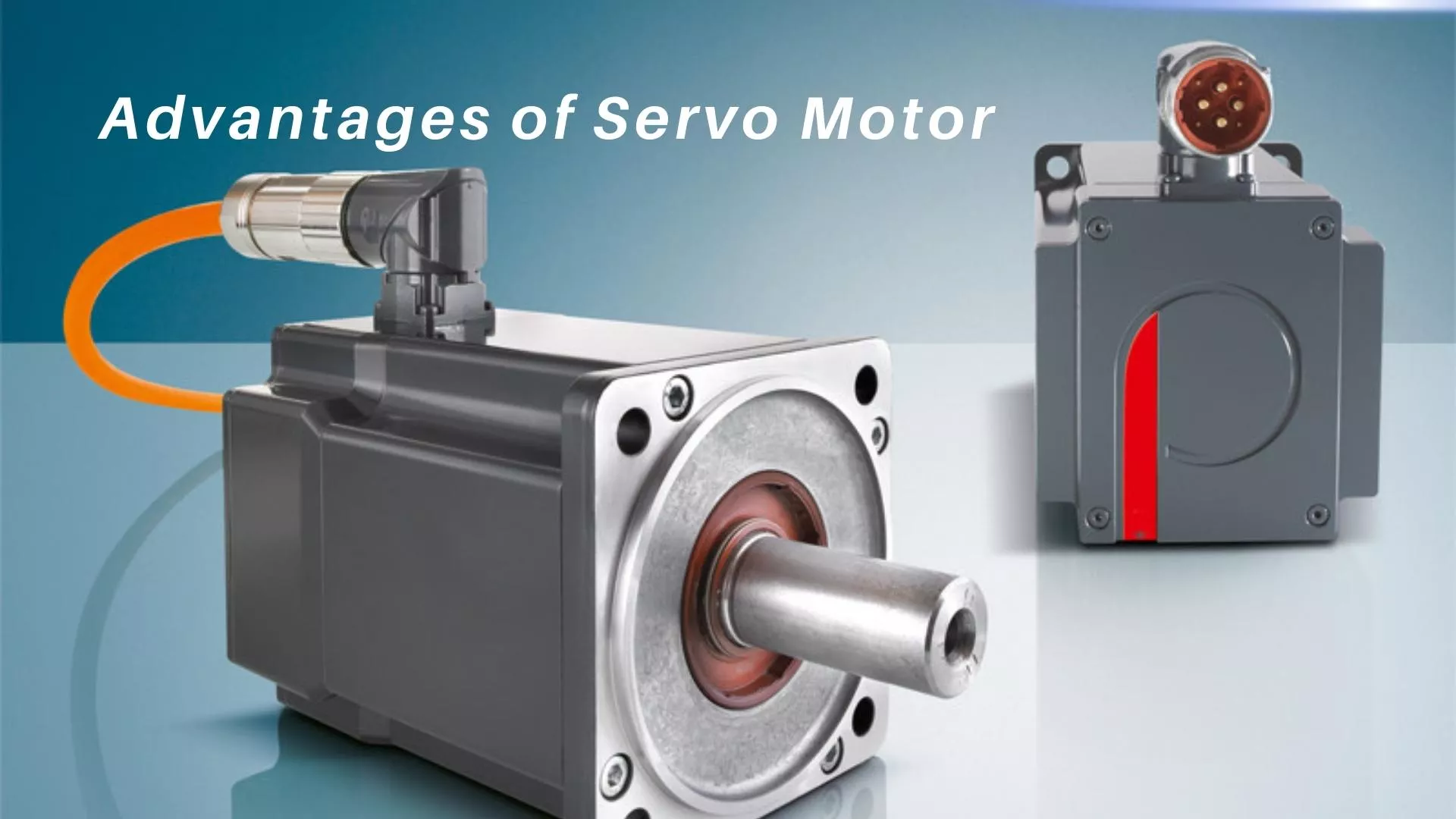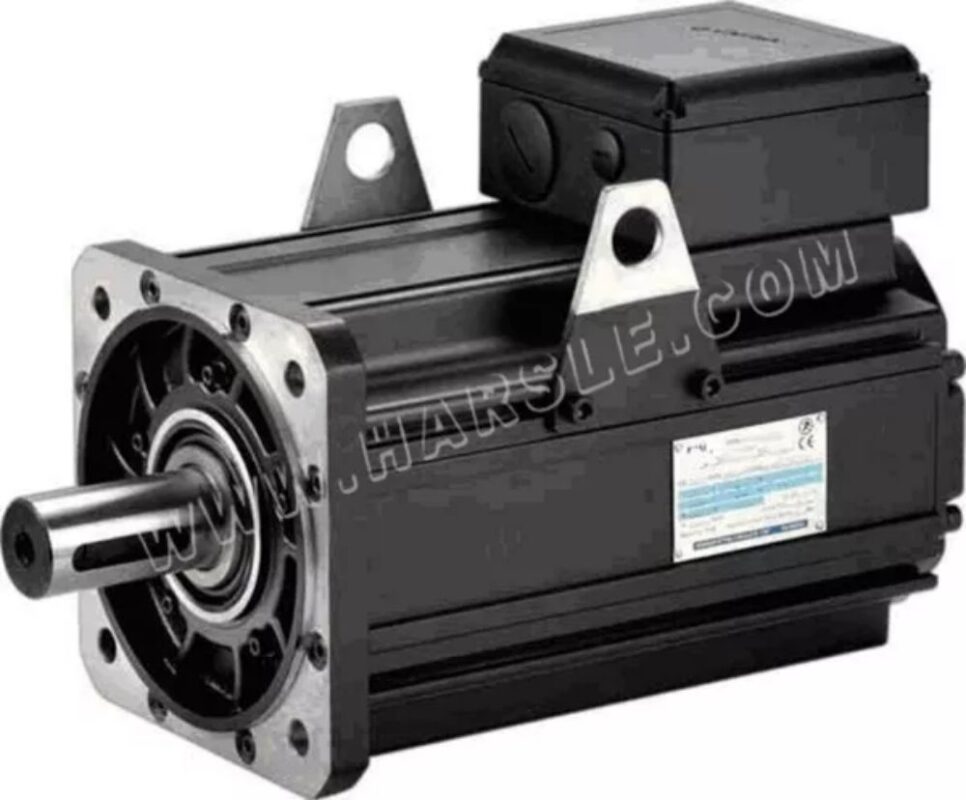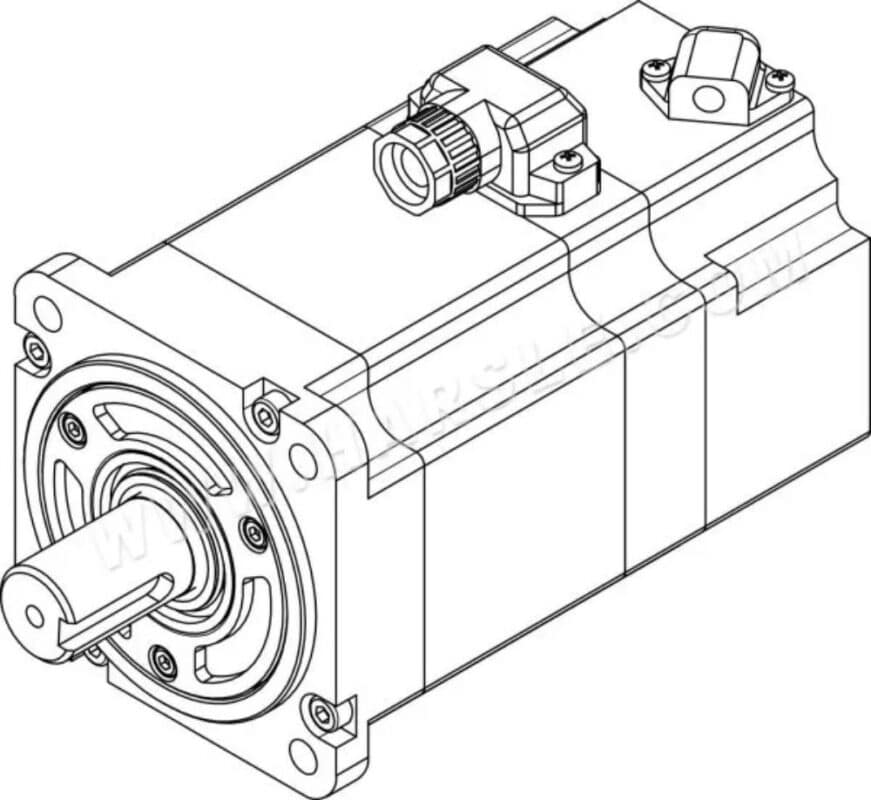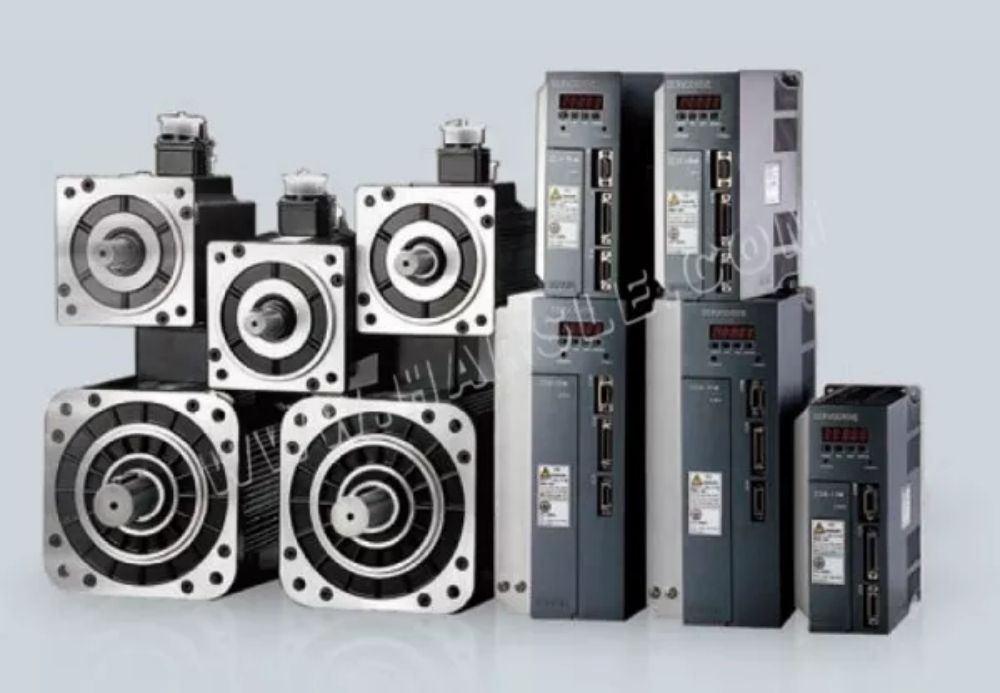Advantages Of Servo Motor

As a professional in the automation industry, I’ve witnessed firsthand the numerous advantages of servo motors. These precision-driven devices offer enhanced control and efficiency, making them indispensable in various applications. Whether it’s for robotics, CNC machines, or conveyor systems, the benefits of using servo motors are significant. From improved response times to greater energy efficiency, servo motors elevate performance and productivity. In this article, I’ll delve into the key advantages of servo motors and how they can transform your operations.
Servo motor refers to the engine that controls the operation of mechanical elements in the servo system, and is an indirect speed change device that supplements the motor. There are some advantages of servo motor, it can control the speed, the position accuracy is very accurate, and the voltage signal can be converted into torque and speed to drive the control object. The rotor speed of the servo motor is controlled by the input signal, and can respond quickly, and is used as an executive element in the automatic control system, and has the characteristics of small electromechanical time constant and high linearity The received electrical signal can be converted into angular displacement or angular velocity output on the motor shaft. Divided into two categories: DC and AC servo motors, its main feature is that when the signal voltage is zero, there is no rotation phenomenon, and the speed decreases uniformly with the increase of torque.
Table of Contents

Working Principle of Servo Motor
The servo system is an automatic control system that enables the output controlled quantities such as the position, orientation, and state of an object to follow any change in the input target (or given value). The servo mainly relies on pulses for positioning. Basically, it can be understood that when the servo motor receives a pulse, it will rotate the angle corresponding to the pulse to achieve displacement. Because the servo motor itself has the function of sending pulses, so the servo motor When rotating an angle, a corresponding number of pulses will be sent out. In this way, it will echo with the pulses received by the servo motor, or a closed loop. In this way, the system will know how many pulses are sent to the servo motor, and how many pulses are received back at the same time. , In this way, the rotation of the motor can be precisely controlled, so as to achieve precise positioning, which can reach 0.001mm. DC servo motors are divided into brushed and brushless motors. Brushed motors are low in cost, simple in structure, large in starting torque, wide in speed regulation range, easy to control, and require maintenance, but inconvenient maintenance (replacement of carbon brushes), electromagnetic interference, and environmental requirements. So it can be used in common industrial and civil occasions that are sensitive to cost.

The brushless motor is small in size, light in weight, large in output, fast in response, high in speed, small in inertia, smooth in rotation and stable in torque. The control is complicated, and it is easy to realize intelligence. Its electronic commutation method is flexible, and it can be square wave commutation or sine wave commutation. The motor is maintenance-free, has high efficiency, low operating temperature, low electromagnetic radiation, long life, and can be used in various environments.
AC servo motors are also brushless motors, which are divided into synchronous and asynchronous motors. At present, synchronous motors are generally used in motion control. Its power range is large and it can achieve a large power. Large inertia, low maximum rotational speed, and decreases rapidly as power increases. Therefore, it is suitable for applications that run smoothly at low speeds.
The rotor inside the servo motor is a permanent magnet. The U/V/W three-phase electricity controlled by the driver forms an electromagnetic field. The rotor rotates under the action of this magnetic field. At the same time, the encoder of the motor feeds back the signal to the driver. Values are compared to adjust the angle at which the rotor turns. The accuracy of the servo motor depends on the accuracy (number of lines) of the encoder.
The difference between AC servo motor and brushless DC servo motor in function: AC servo is better, because it is sine wave control, and the torque ripple is small. A DC servo is a trapezoidal wave. But DC servo is relatively simple and cheap.

Application Range of Servo Motor
DC servo motors can be used in spark machines, manipulators, precision machines, etc. It can be equipped with a standard encoder and tachometer with high analysis of 2500P/R at the same time, and can be equipped with a gearbox, so that the mechanical equipment brings reliable accuracy and high torque. Good speed regulation, unit weight and volume, the output power is the highest, greater than AC motor, far more than stepper motor. The torque fluctuation of the multi-stage structure is small.

There are too many application areas for servo motors. As long as there is a power source, and there are requirements for accuracy, servo motors may generally be involved. Such as machine tools, printing equipment, packaging equipment, textile equipment, laser processing equipment, robots, automated production lines and other equipment with relatively high requirements for process accuracy, processing efficiency and work reliability.

Features of Servo Motor
What are the advantages of servo motors compared with other motors (such as stepper motors):
1. Accuracy: realize the closed-loop control of position, speed and torque; overcome the problem of stepping motor out of step;
2. Speed: high-speed performance is good, generally the rated speed can reach 2000~3000 rpm;
3. Adaptability: strong anti-overload ability, able to withstand a load three times the rated torque, especially suitable for occasions with instantaneous load fluctuations and requirements for quick start;
4. Stable: low-speed operation is stable, and there will be no stepping phenomenon similar to that of stepping motors during low-speed operation. Suitable for occasions with high-speed response requirements;
5. Timeliness: The dynamic response time of motor acceleration and deceleration is short, generally within tens of milliseconds;
6. Comfort: heat and noise are significantly reduced.
To put it simply: the ordinary motor that you usually see will rotate for a while due to its own inertia after power off, and then stop. But the servo motor and the stepper motor stop when they say stop, and go when they say it, and the response is extremely fast.

Notes
1. Servo motor oil and water protection
Servo motors can be used in places where water or oil droplets are attacked, but they are not fully waterproof or oilproof. Therefore, servo motors should not be placed or used in water or oil-infested environments. If the servo motor is connected to a reduction gear, an oil seal should be added when using the servo motor to prevent oil from the reduction gear from entering the servo motor. The cable of the servo motor should not be submerged in oil or water.
2. Servo motor cable is used to reduce stress
Ensure that the cable is not subjected to moment or vertical loads due to external bending forces or its own weight, especially at cable exits or connections. In the case of a servo motor moving, the cable (that is, the one configured with the motor) should be firmly fixed to a stationary part (relative to the motor). It should be extended with an additional cable installed in the cable support so that bending stress can be minimized. The elbow radius of the cable should be as large as possible.
3. Shaft end load allowed by servo motor
Ensure that the radial and axial loads applied to the servo motor shaft during installation and operation are within the specified values for each model. Extra care should be taken when installing a rigid coupling, especially as excessive bending loads may cause damage or wear of shaft ends and bearings. It is best to use a flexible coupling so that the radial load is lower than the permissible value, which is designed for servo motors with high mechanical strength.
4. Servo motor installation attention
When installing/removing coupling components to the servo motor shaft end, do not hit the shaft end directly with a hammer. (The hammer directly hits the shaft end, and the encoder at the other end of the servo motor shaft is to be knocked out). Strive to optimally align the shaft ends (failure to do so may result in vibration or bearing damage).

Servo Motors in Press Brake
Whether it is a torsion axis press brake or an electro-hydraulic press brake, the motor equipped is usually an ordinary AC motor. Of course, if the customer has high requirements for the frequency and accuracy of the machine, and at the same time wants to achieve the effect of energy saving, environmental protection and noise reduction , We strongly recommends the installation of servo motors for everyone. Next, I will introduce the specific content related to servo motors.










